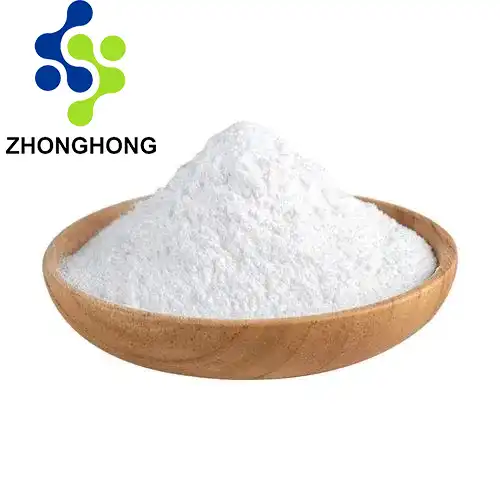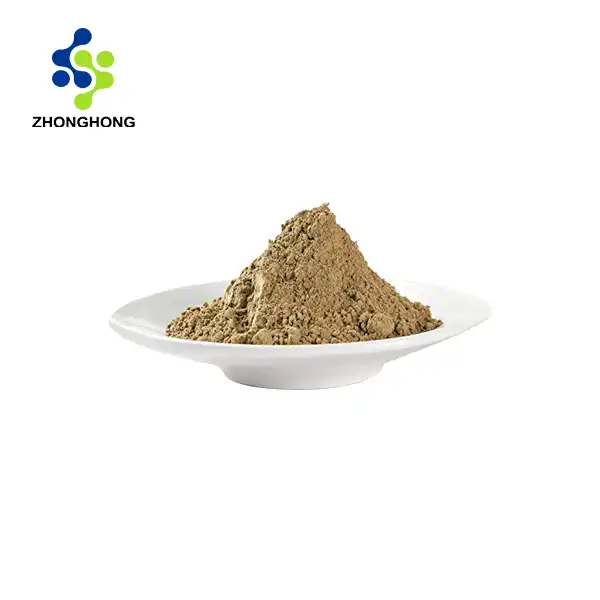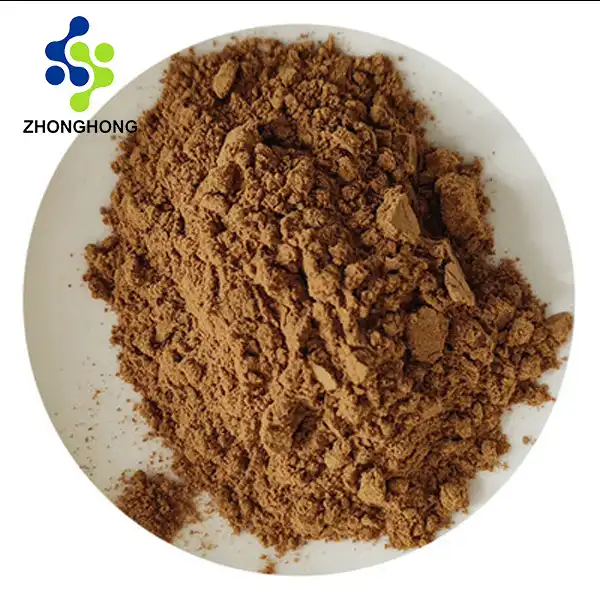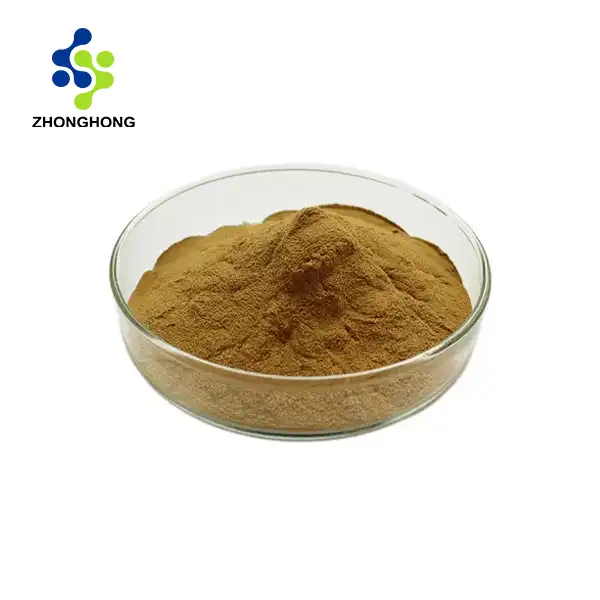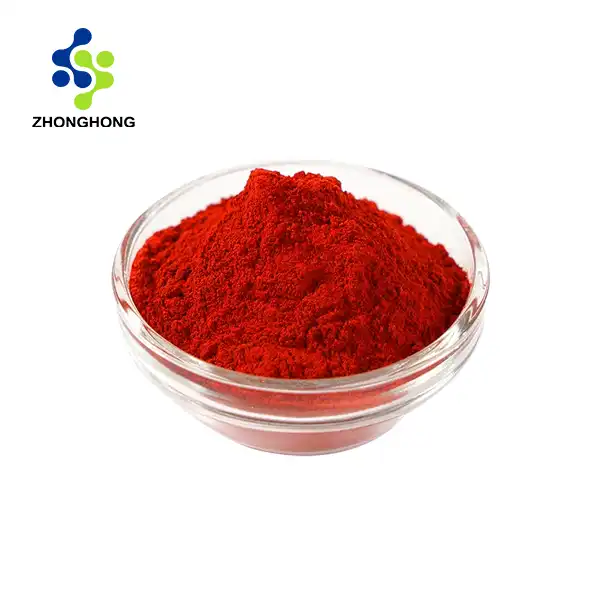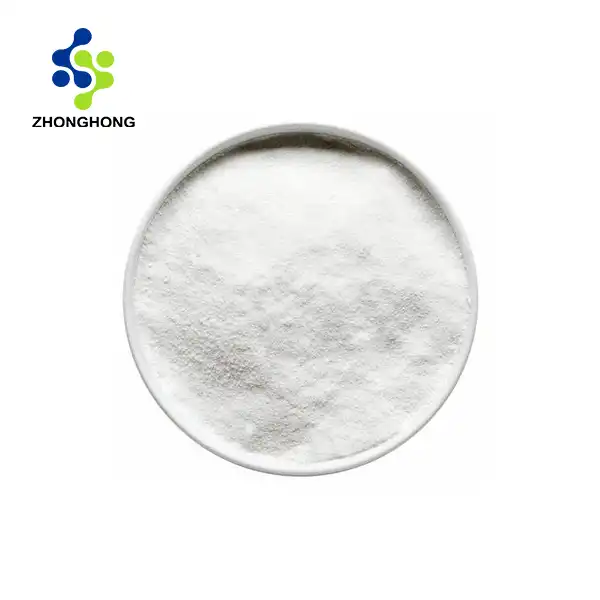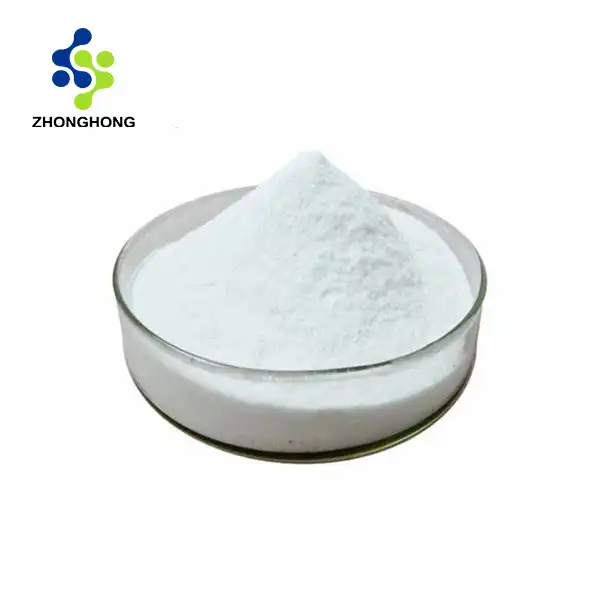Understanding HMBCA: An Overview
HMBCA is a calcium salt of β-hydroxy β-methylbutyric acid (HMB), which is naturally produced in small quantities in the human body during the breakdown of leucine. As a supplement, HMBCA is often used to enhance muscle growth, reduce muscle breakdown, and improve athletic performance. The compound works by influencing protein metabolism in the body. It's believed to stimulate muscle protein synthesis while simultaneously inhibiting muscle protein breakdown. This dual action makes HMBCA a potentially powerful tool for individuals looking to build and maintain muscle mass. HMBCA is particularly interesting because it appears to be more effective in certain populations, such as untrained individuals just starting an exercise program, older adults experiencing age-related muscle loss, and individuals undergoing intense training regimens.
Key Benefits of HMBCA for Muscle Growth
Research has identified several potential benefits of HMBCA supplementation, particularly in the realm of muscle growth and athletic performance:
Muscle Protein Synthesis
One of the primary benefits of HMBCA is its ability to stimulate muscle protein synthesis. This process is crucial for muscle growth and repair, especially after intense exercise. By enhancing protein synthesis, HMBCA may help accelerate muscle recovery and growth.
Reduced Muscle Breakdown
HMBCA has been shown to have anti-catabolic properties, meaning it can help reduce muscle protein breakdown. This is particularly beneficial during periods of calorie restriction or intense training, where the risk of muscle loss is higher.
Improved Exercise Performance
Some studies suggest that HMBCA supplementation may lead to improvements in exercise performance, including increased strength and power output. This could be particularly beneficial for athletes and individuals engaged in regular resistance training.
Enhanced Recovery
By reducing muscle damage and promoting faster protein synthesis, HMBCA may help speed up recovery between workouts. This could allow for more frequent or intense training sessions, potentially leading to greater gains over time.
Preservation of Lean Body Mass
For individuals on calorie-restricted diets or those at risk of muscle loss due to aging or illness, HMBCA may help preserve lean body mass. This can be crucial for maintaining metabolic health and overall physical function.
Potential Side Effects and Safety of HMBCA
While HMBCA is generally considered safe for most individuals when used as directed, it's important to be aware of potential side effects and safety considerations:
Gastrointestinal Discomfort
Some individuals may experience mild gastrointestinal symptoms such as nausea, stomach discomfort, or diarrhea when first starting HMBCA supplementation. These symptoms often subside as the body adjusts to the supplement.
Interactions with Medications
As with any supplement, HMBCA may interact with certain medications. It's crucial to consult with a healthcare provider before starting HMBCA supplementation, especially if you're taking any prescription medications.
Calcium Content
Since HMBCA is a calcium salt, it does contribute to daily calcium intake. While this can be beneficial for bone health, individuals with conditions affected by calcium levels should be aware of this and consult their healthcare provider.
Long-term Safety
While short-term use of HMBCA appears to be safe for most people, long-term safety data is limited. More research is needed to fully understand the potential effects of prolonged HMBCA supplementation.
Quality and Purity Concerns
As with all supplements, it's important to purchase HMBCA from reputable sources to ensure product quality and purity. Look for products that have been third-party tested for contaminants and accuracy of labeling.
Conclusion
In conclusion, HMBCA is a promising supplement that may offer significant benefits for muscle growth, recovery, and performance. However, as with any supplement, it's important to approach its use thoughtfully and in consultation with a healthcare provider. By understanding both the potential benefits and risks associated with HMBCA, you can make an informed decision about whether it's right for your health and fitness goals. If you want to get more information about this product, you can contact us at liaodaohai@gmail.com.
_1728976869676.webp)
